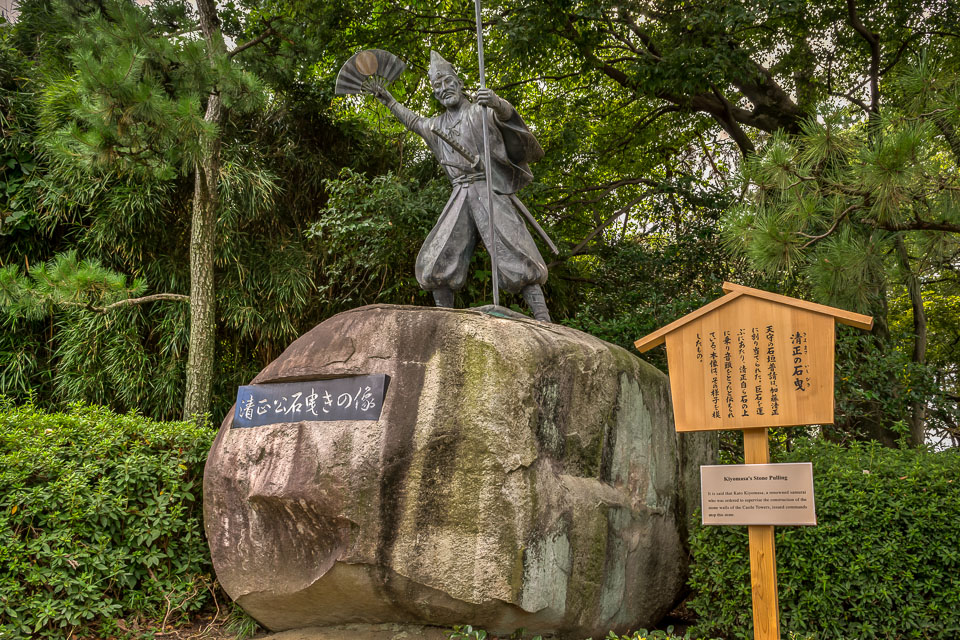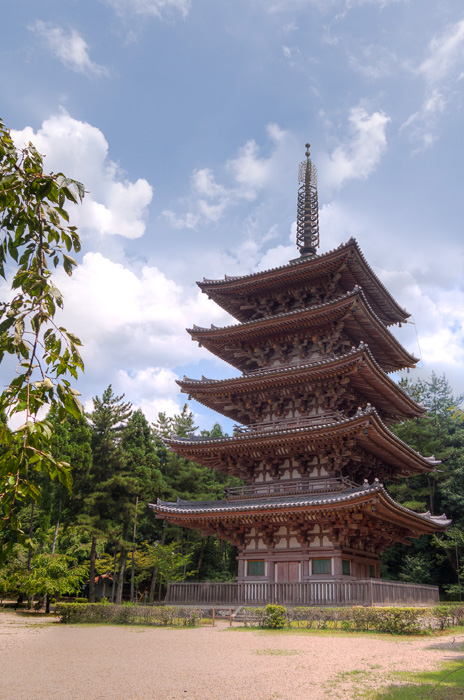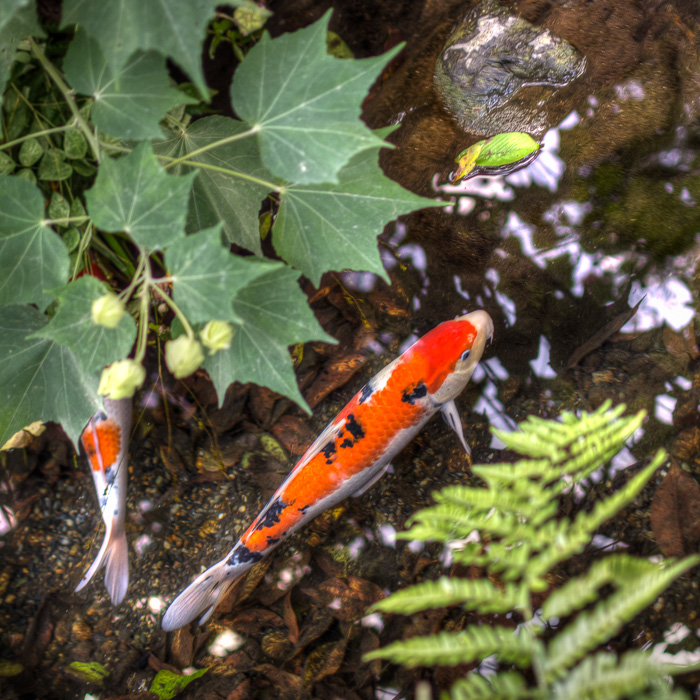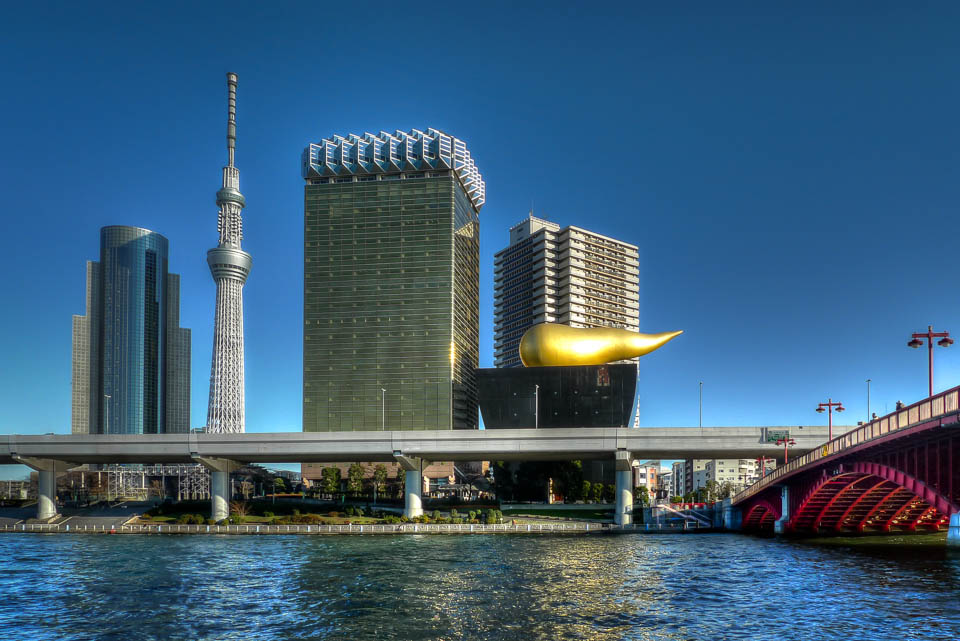Symbols, Where God Touched the Earth in Kyoto (HDR Photo)
Share
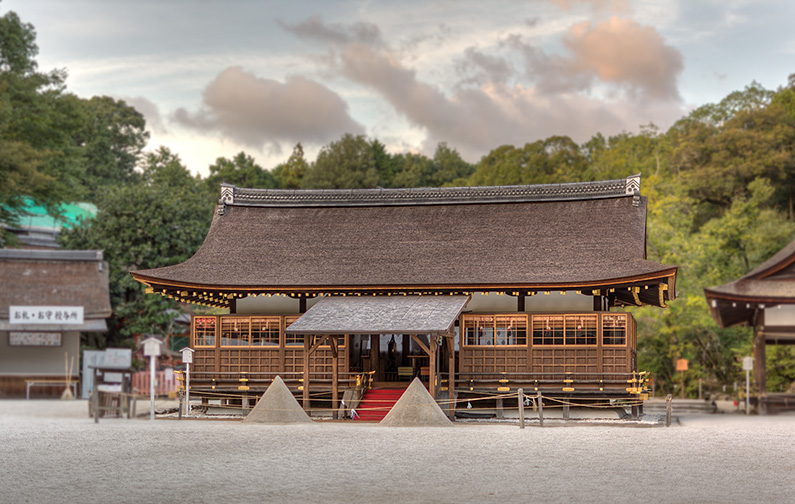
Just about everything you see at a shrine in Japan is a symbol. At Kamigamo-jinja, 1 of 17 World Heritage sites in Kyoto, the most predominant symbols are two standing sand cones, immediately visible upon entry through the shrine’s main torii gate.
Standing Sand Cones 「tatezuna, 立砂」
at Kamigamo-jinja, Kyoto
Symbols
Carefully maintained by the shrine’s monks, the cones are aimed at the heavens. The tatezuna are a symbol of Mt Kami, where legend says Kamo-no-Wake-Ikazuchi-no-Mikoto 「Young Thunder Prince of Kamo, 賀茂別雷命」 came down from the heavens and touched the earth in ancient times. The mountain has long since been a place of worship, and Kamigamo-jinja was built at its foot and the Young Thunder Prince of Kamo enshrined here.
The cones also represent yin and yang, and the power which male and female have to reproduce.
Shrine buildings
The Hoso-dono 「lit: Long Narrow Hall, 細殿」 is utilised only once a year during the Karasu-zumo 「Crow Sumo Festival, 烏相撲」 when local children participate in a sumo event. A small sumo wrestling ring is setup in front of the tatezuna.
This photo was originally published in our guide to Kamigamo-jinja.
References:

